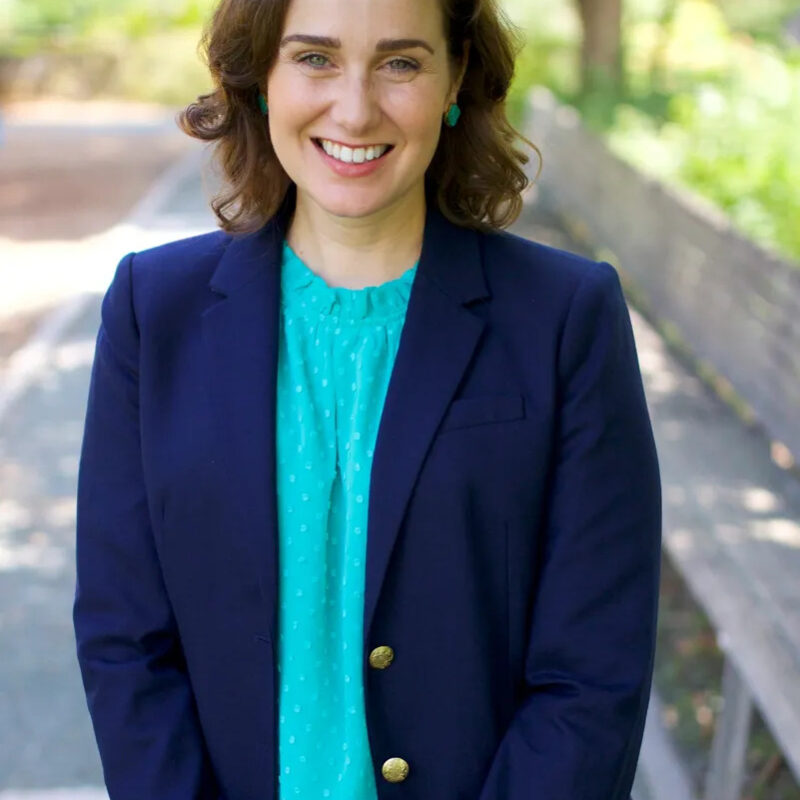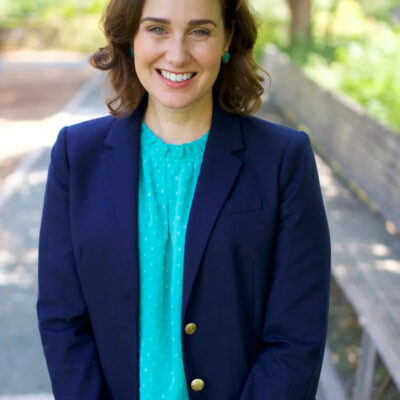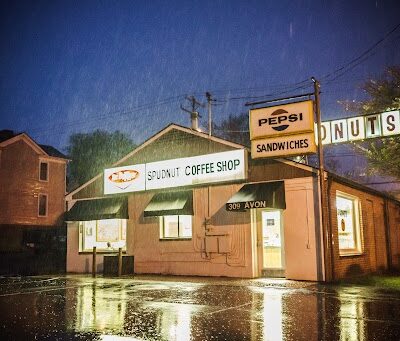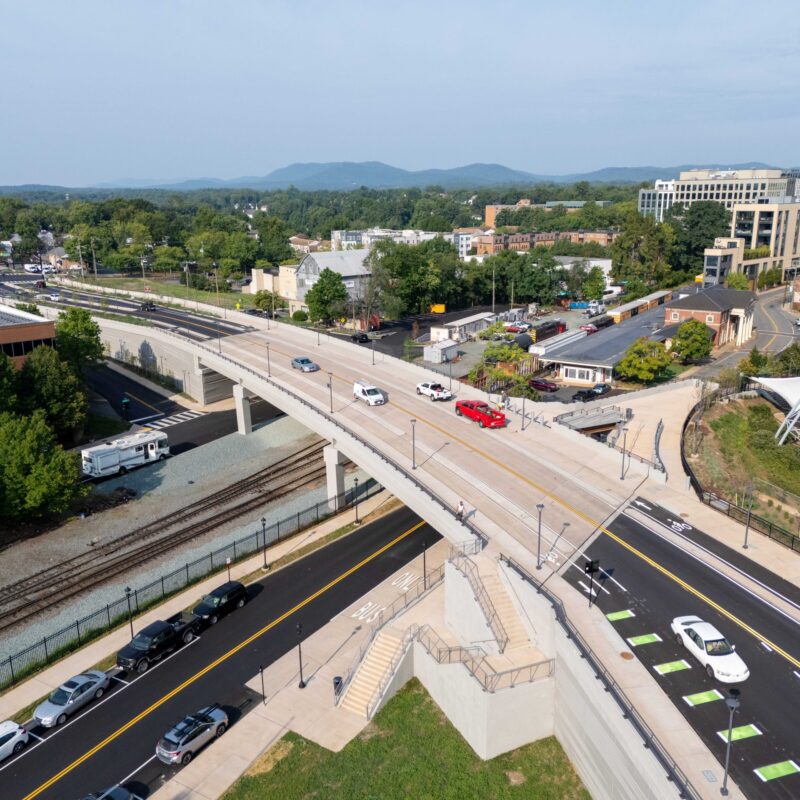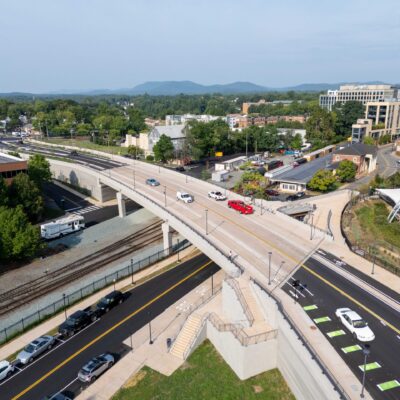Outside the financial limelight, nonprofits, ever vulnerable to the ebb and flow of donor funding, are battening down the hatches for an economic squeeze. As a result, they have less money to spend on fundraising.
“Because of budget cuts…nonprofits have to focus their money on serving the community,” says Serena Gruia of Alloy Workshop design studio. “Whatever funds they have for marking and communications are shrinking.”
But Gruia also points out that nonprofits need marketing and professional design to stay afloat. “[It’s] how they get their message across. In order to receive money from the public, they need to appear credible…so it’s kind of a tightrope that they walk.”
|
Apple products and hasty sketches filled the Charlottesville Community Design Center as design professionals and students spent 10 hours concocting buildings, posters and logos for nonprofits. |
Tackling this chicken-or-egg dilemma head-on, Gruia organized the first annual Design Marathon, an all-day affair sponsored by the Charlottesville Community Design Center (CCDC) benefiting 10 local nonprofits with specific design needs. The inaugural event was held on Friday, October 10, in the CCDC’s spacious downtown address. Thirty professionals and students from Charlottesville’s thriving design community donated an estimated $30,000 worth of time to complete 10 projects in just 10 hours.
Projects ranged from creating a poster ad campaign for the Rivanna Conservation Society to designing a low-cost playground for Children, Youth and Family Services (CYFS).
CYFS intends for its new building location off East High Street to be a hub of activity for the surrounding community’s 18-and-under youth, so it petitioned Design Marathon to help design an interactive playground that “totally screams kids.”
Marathon organizers put three recent UVA Architecture grads up to the challenge. What the team lacked in playground expertise it made up for in imagination, with unconventional ideas like creating a musical fence out of reclaimed materials so that kids can “experience how sounds works,” converting a box hedge into a scaled down navigable jungle, and building a chalkboard barrier á la the Downtown Mall’s free speech wall.
Given the time crunch, it helped that these designers had visited the site and met with their client one week prior to the event. And while the team won’t see the playground through to completion, its detailed plan will make it easier for CYFS to raise money for construction.
In another corner of the CCDC facility, two local architects and an architecture student spent the day designing a site plan for Rockfish Sanctuary, a wildlife rehabilitation center that’s relocating from one woman’s private residence (literally—turtles inhabit her bathtub) to a scenic 2.5-acre plot in Albemarle County. The new site will double as an educational facility, and sketches from the Marathon will be used for a capital campaign.
Gennifer Munoz, a student volunteer for the Sanctuary project, agrees that her team “completed a lot of work in a short amount of time,” as did the other nine teams that finished the day-long race just in time for an evening of show and tell and champagne toasts. Though the atmosphere was energized, Munoz says it never felt frantic. “It’s been exciting,” she adds. Cheers to that.
C-VILLE welcomes news tips from readers. Send them to news@c-ville.com.

